Earth
-
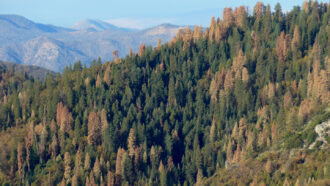 Environment
EnvironmentSurviving a drought may help forests weather future dry spells
Climate change is making droughts more intense and frequent, but conifer forests have a trick up their sleeve, airplane and satellite data show.
-
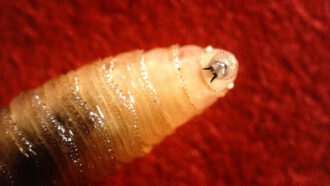 Life
Life50 years ago, flesh-eating screwworms pushed scientists to mass produce flies
"Fly factories” dreamed up in the early 1970s have helped North and Central America keep screwworms in check for decades.
By Nikk Ogasa -
 Astronomy
AstronomyThe Parker Solar Probe may have spotted the origin of high-speed solar winds
Kinks in the magnetic fields near the surface of the sun appear to be the cause of fast-moving flows in the solar wind.
-
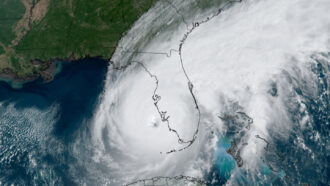 Climate
ClimateWhy the 2023 Atlantic hurricane season is especially hard to predict
It’s hard to know how busy this year’s Atlantic hurricane season will be, thanks to a rarely observed combination of ocean and climate conditions.
-
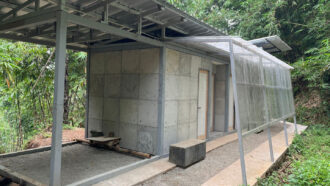 Environment
EnvironmentThis house was built partly from recycled diapers
Disposable diapers can replace nearly a third of the materials used in load-bearing structures, offering a potential path to more affordable housing.
-
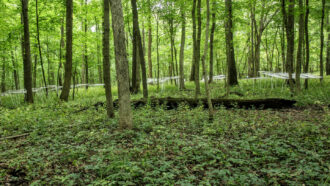 Plants
PlantsSoil microbes that survived tough climates can help young trees do the same
Trees grown in soil with microbes that have survived drought and high or low temperatures have a better shot at survival when facing the same conditions.
-
 Life
Life5,000 deep-sea animals new to science turned up in ocean records
Scientists compiled a list of animals unknown to science that live in a deep-sea Pacific Ocean ecosystem targeted for mining exploration.
By Jude Coleman -
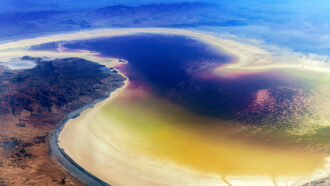 Environment
EnvironmentMore than half of the world’s largest lakes are drying up
Satellite data from 1992 to 2020 reveal that 53 percent of the world’s largest freshwater bodies shrank during that period while only 24 percent grew.
By Nikk Ogasa -
 Climate
ClimateThere’s good and bad news with California’s electric vehicle program
The electric vehicle program is reducing carbon dioxide emissions but also shifting the pollution burden to the state’s most disadvantaged communities.
-
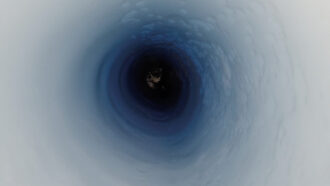 Life
LifeIn one lake deep under Antarctica’s ice, microbes feast on ancient carbon
Microorganisms living in a lake beneath the ice sheet in West Antarctica feed on ocean carbon that was deposited 6,000 years ago.
By Freda Kreier -
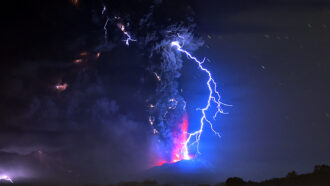 Life
LifeAncient giant eruptions may have seeded nitrogen needed for life
A new study bolsters the idea that on the young Earth volcanic lightning may have provided some materials that made it possible for life to emerge.
By Bas den Hond -
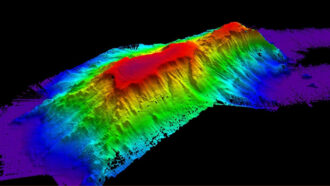 Oceans
OceansSatellite data reveal nearly 20,000 previously unknown deep-sea mountains
By looking for tiny bumps in sea level caused by the gravity of subsurface mountains, researchers have roughly doubled the number of known seamounts.